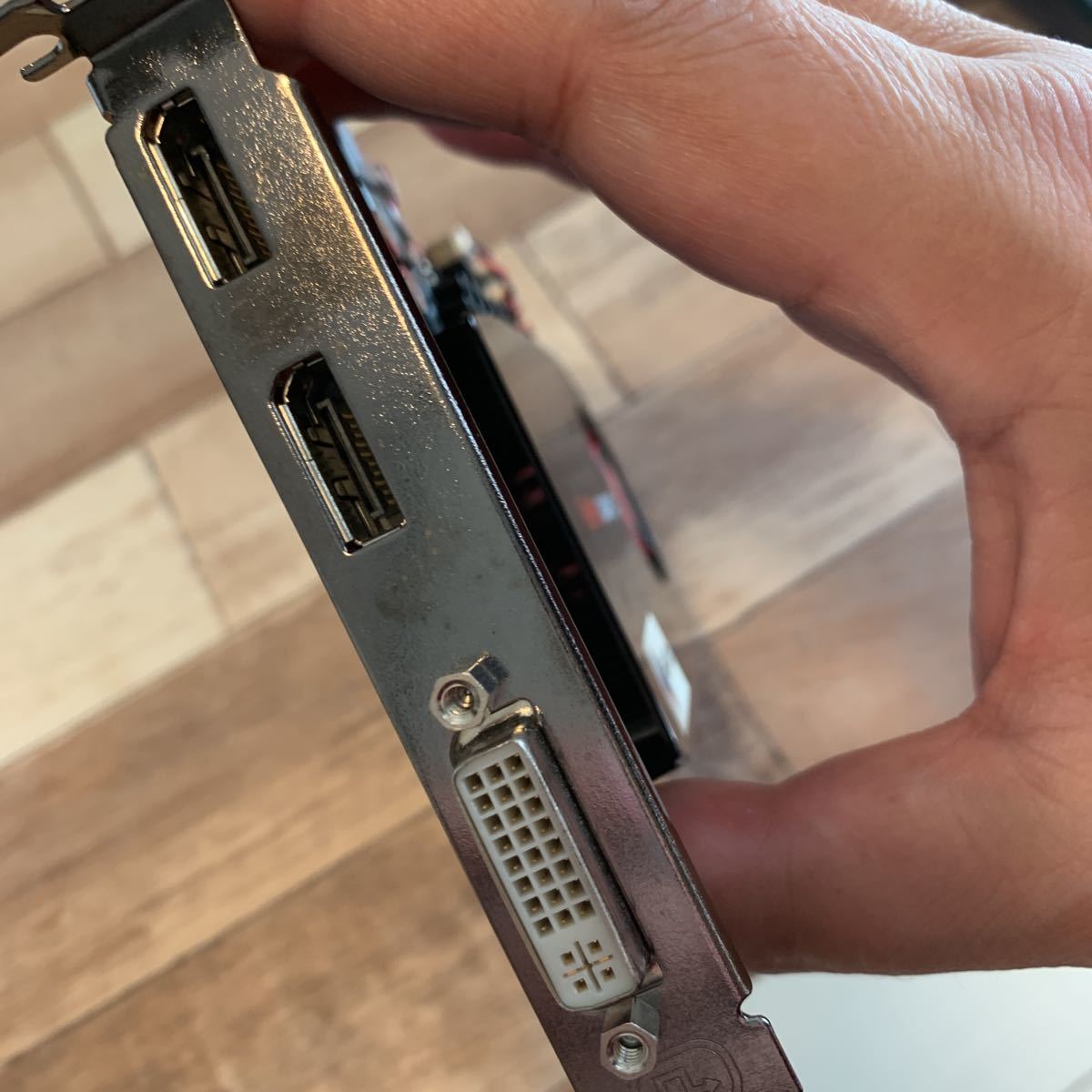


Apr 8th, 2022 ASRock Z690 Phantom Gaming Velocita Review.Apr 25th, 2022 AMD Radeon RX 6400 Review.Apr 1st, 2022 CORSAIR Hydro X Series XD7 RGB Pump/Reservoir Combo Review.Apr 8th, 2022 EVGA XR1 lite Review - The Budget Capture Card We Waited For.Apr 7th, 2022 SilverStone SUGO 16 Review.

Apr 1st, 2022 Intel Core i9-12900KS Review - The Best Just Got Better.Apr 12th, 2022 AMD Ryzen 7 5800X3D Review - The Magic of 3D V-Cache.The card measures 168 mm in length, 111 mm in width, and features a single-slot cooling solution. FirePro V4800 is connected to the rest of the system using a PCI-Express 2.0 x16 interface.

Display outputs include: 1x DVI, 2x DisplayPort 1.1. The GPU is operating at a frequency of 775 MHz, memory is running at 900 MHz (3.6 Gbps effective).īeing a single-slot card, the ATI FirePro V4800 does not require any additional power connector, its power draw is rated at 69 W maximum. ATI has paired 1,024 MB GDDR5 memory with the FirePro V4800, which are connected using a 128-bit memory interface. It features 400 shading units, 20 texture mapping units, and 8 ROPs. The Redwood graphics processor is an average sized chip with a die area of 104 mm² and 627 million transistors. Built on the 40 nm process, and based on the Redwood graphics processor, in its Redwood XT GL variant, the card supports DirectX 11.2. And it also increases latency, which introduces input lag, the visible delay between a button being pressed and the result occurring on-screen.The FirePro V4800 was a mid-range professional graphics card by ATI, launched on April 26th, 2010. This causes stutter whenever the GPU frame rate is below the display refresh rate. The established solution to screen tearing is to turn VSync on, to force the GPU to delay screen updates until the monitor cycles to the start of a new refresh cycle. The downside is that when a single refresh cycle show 2 images, a very obvious “tear line” is evident at the break, commonly referred to as screen tearing. This we call ‘VSync Off Mode’ and it is the default way most gamers play. So with a fixed refresh rate, how do you get the GPU images to the screen? The first way is to simply ignore the refresh rate of the monitor altogether, and update the image being scanned to the display in mid cycle. In fact, their frame rates will vary dramatically even within a single scene of a single game, based on the instantaneous load that the GPU sees. Problematically, graphics cards don’t render at fixed speeds.


 0 kommentar(er)
0 kommentar(er)
